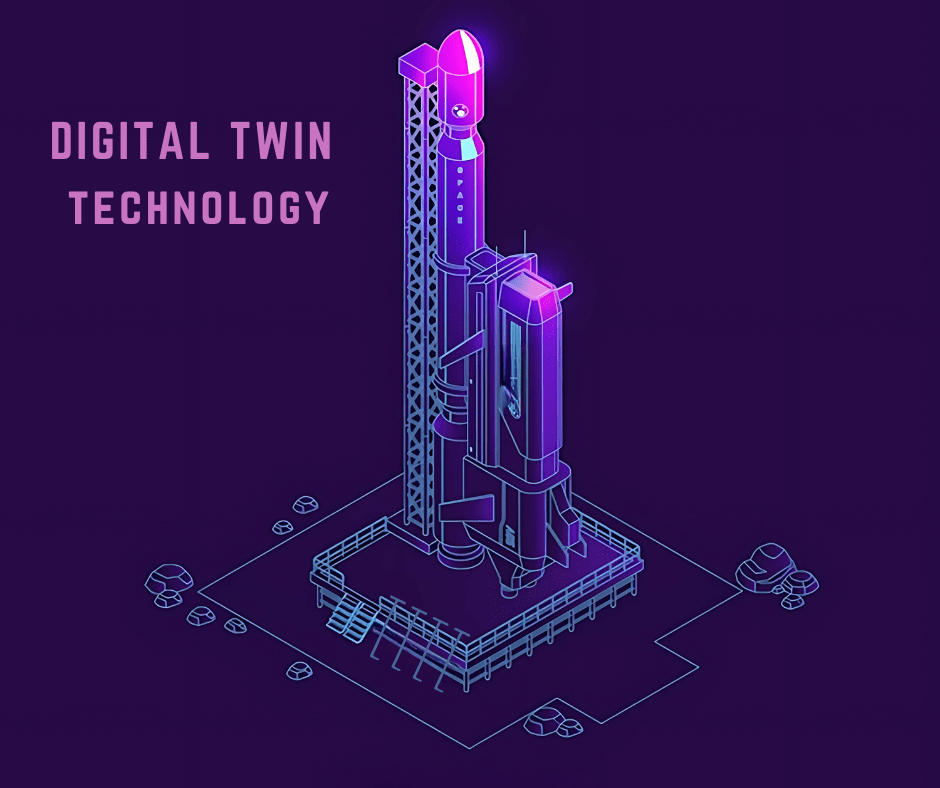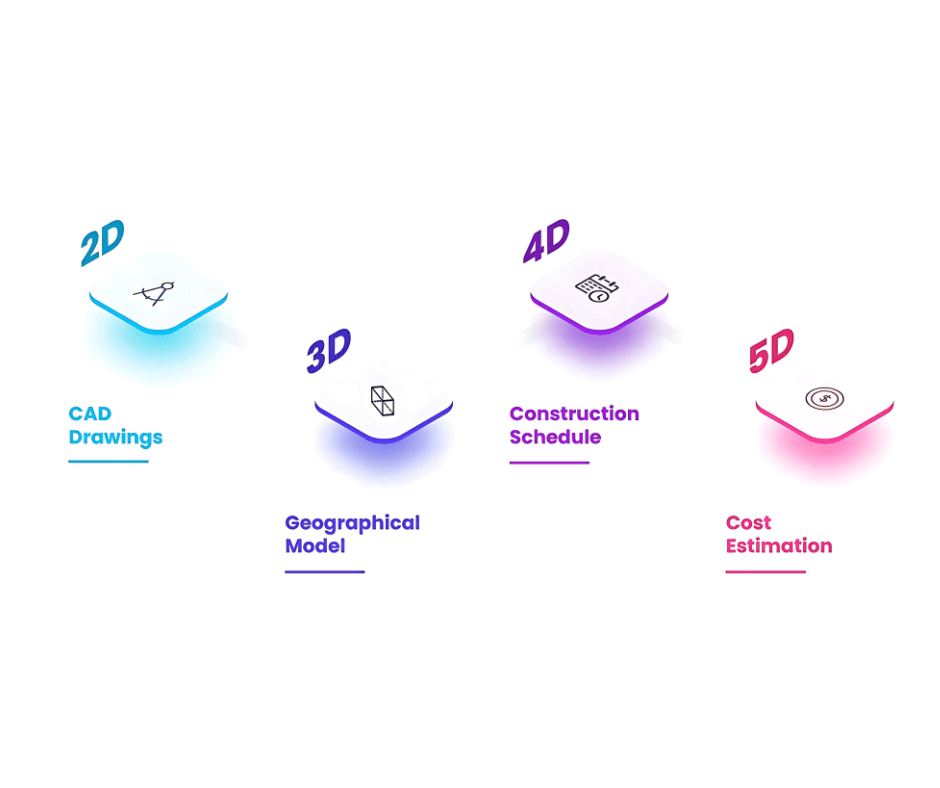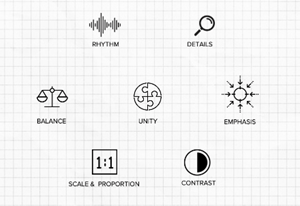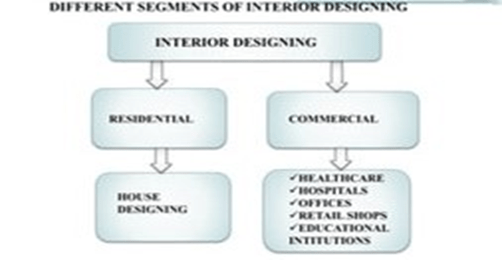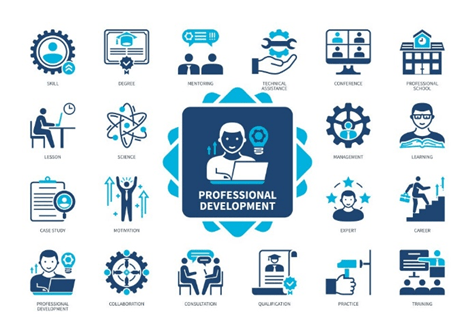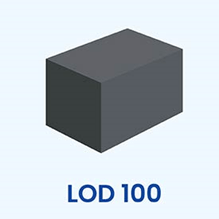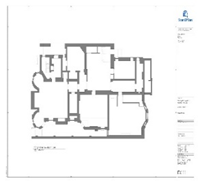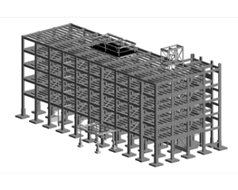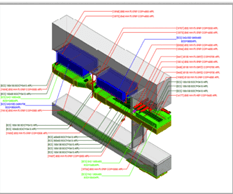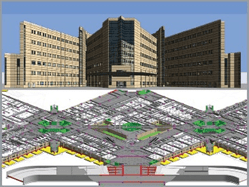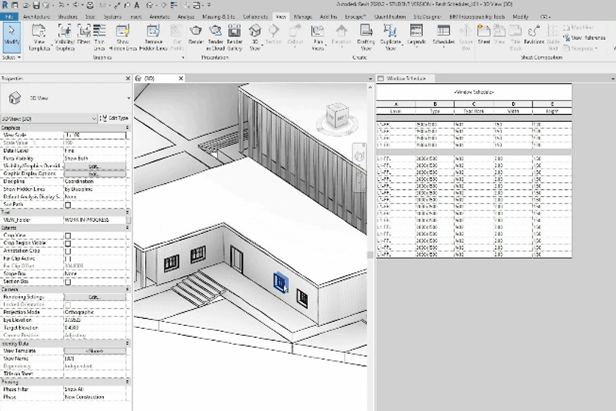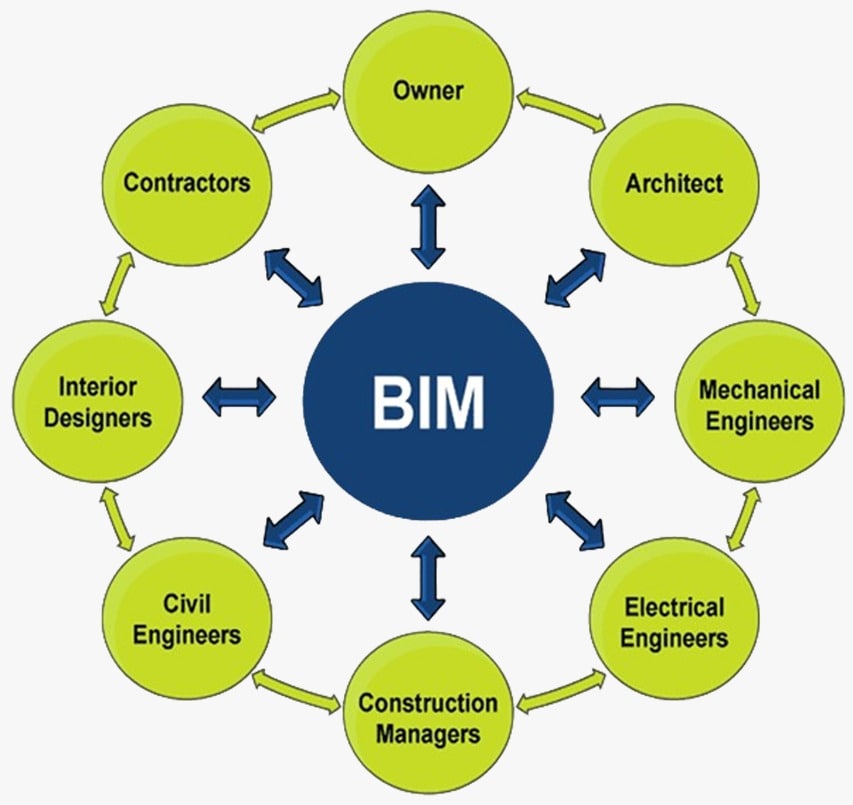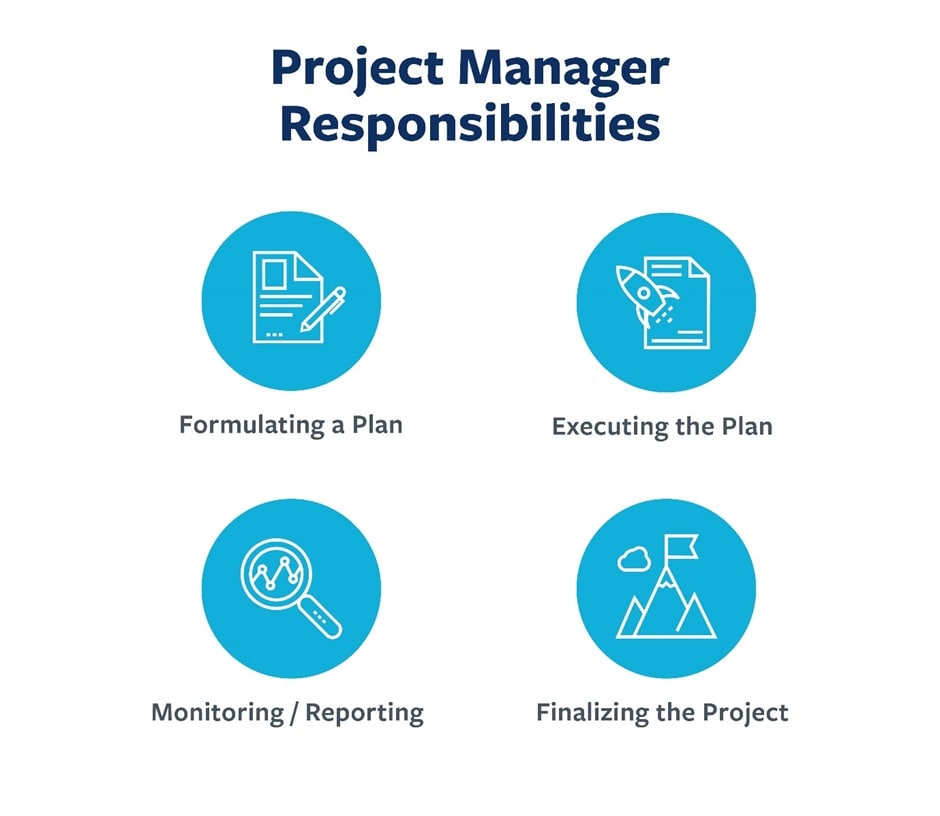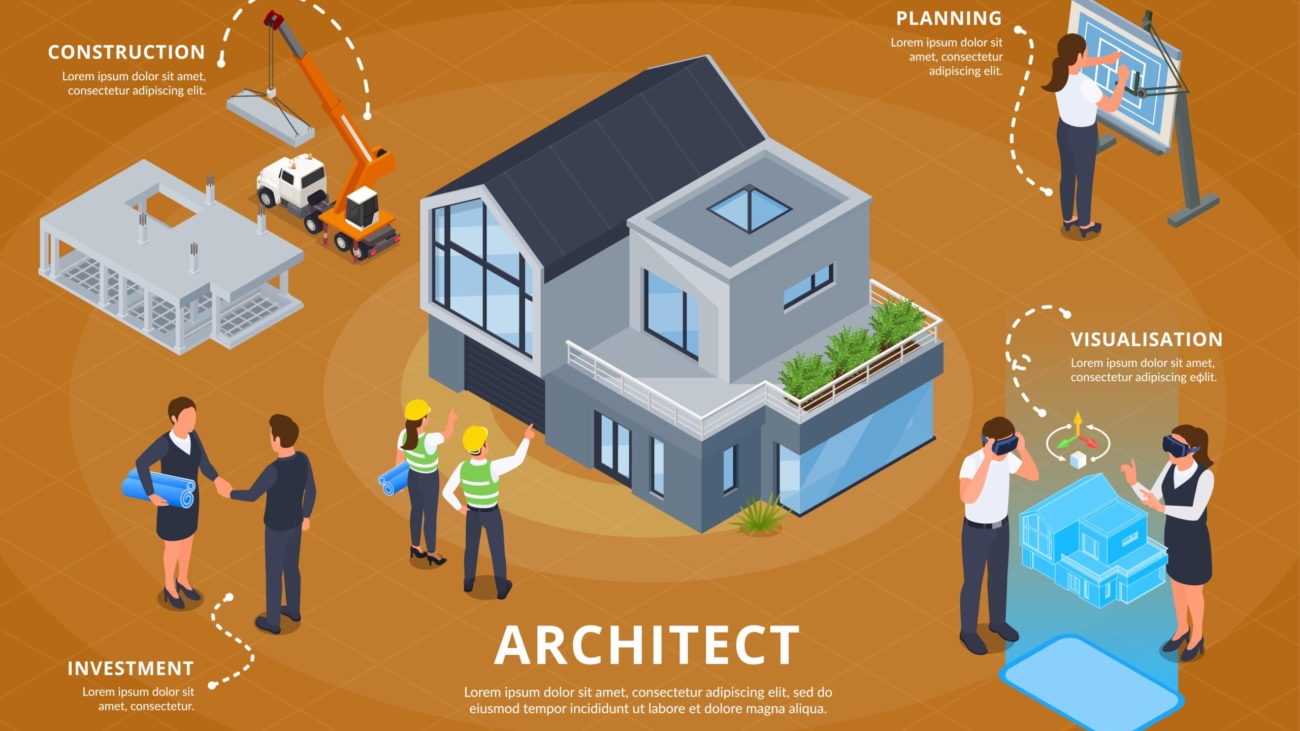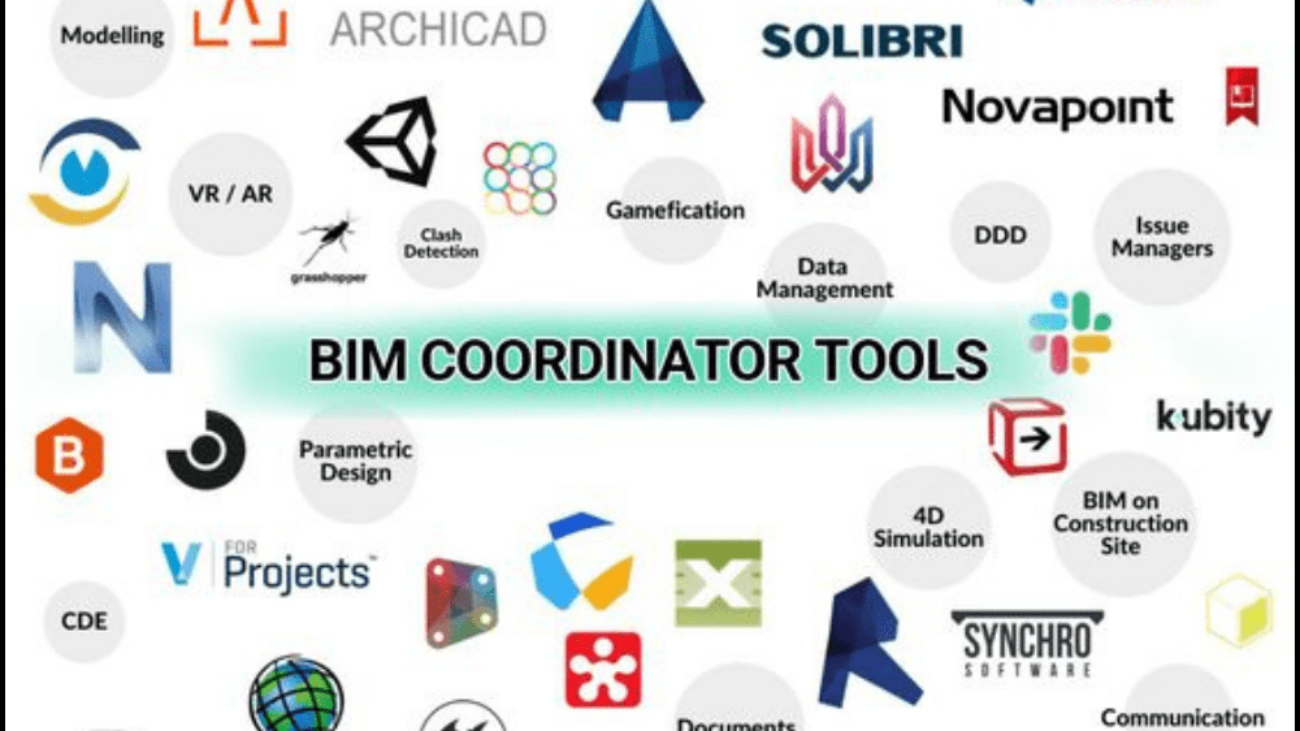As VDEI’s Building Information Modeling (BIM) courses continue to evolve, they are revolutionizing the Architecture, Engineering, and Construction (AEC) industry year by year 2025, there are exciting trends that will reshape the BIM technology landscape. These trends promise increased efficiency, collaboration, and sustainability.
Innovative BIM Trends in 2025
Regarding VDEI’s new trends for students: “The AEC industry is undergoing a rapid transformation, driven by technological advancements and a growing emphasis on sustainability. With our career development help, students seeking a successful career in this dynamic field should focus on developing skills in areas such as Building Information Modeling (BIM) with advanced features for immersive design experiences, and data analytics for informed decision-making. Furthermore, a strong foundation in sustainability principles and life-cycle assessment is crucial for navigating the evolving demands of the industry. By embracing these trends, students can position themselves at the forefront of innovation and gain a competitive edge in the job market.”
BIM Mandates
“We specialize in assisting organizations with navigating and complying with BIM mandates, government regulations that require the use of Building Information Modeling (BIM) technology in construction projects. These mandates aim to improve efficiency, enhance quality, and increase transparency within the industry. We provide expert guidance on implementing BIM strategies, ensuring compliance with relevant regulations, and maximizing the benefits of BIM adoption to achieve project success.”
Adoption of BIM Automation
“We guide you through the journey of adopting BIM automation, an ongoing process that continuously evolves. By embracing these technologies, AEC industries can significantly enhance their efficiency, productivity, and competitiveness within the ever-evolving construction landscape. We equip you with the knowledge and skills necessary to implement and leverage BIM automation effectively, empowering your skills to stay ahead of the curve and thrive in the modern construction environment.”
The Rise of Digital Twins: Revolutionizing AEC Industry
Digital twins are becoming a transformative presence in AEC industries. These virtual copies of physical objects, processes, or systems are no longer just ideas; they are reshaping the way we create, manage, and upkeep assets. By replicating real-world entities in the digital space, companies can access valuable insights, enhance performance, and make informed decisions based on data. These advancements lead to notable enhancements in efficiency, productivity, and sustainability.
BIM 360
Our courses on BIM 360, a cloud-based platform from Autodesk, revolutionize construction management by seamlessly connecting teams, data, and processes throughout the project lifecycle. From design to construction and beyond, BIM 360 acts as a central hub, streamlining workflows, improving communication, and enhancing collaboration among architects, engineers, contractors, and owners. This integrated platform empowers project teams to work more efficiently, minimize errors, and ultimately deliver higher-quality projects on time and within budget.
2D To 5D Simulations
Our 2D to 5D simulations courses represent a significant advancement in construction technology, transforming traditional design and planning processes. By integrating time (4D) and cost data (5D) into 3D BIM models, stakeholders gain unparalleled insights into the entire project lifecycle. This dynamic approach allows for the visualization of construction sequencing, identification of potential clashes, and optimization of resource allocation. Furthermore, 5D simulations provide accurate cost estimations, enabling proactive budget management and the identification of cost-saving opportunities. This integrated approach empowers project teams to make informed decisions, minimize risks, and ultimately deliver projects more efficiently, cost-effectively, and sustainably.
The short version
“As the AEC industry embraces the evolving landscape of BIM technology, VDEI Institute stands at the forefront, offering cutting-edge courses designed to equip professionals with the skills and knowledge necessary to thrive in this dynamic environment. We are excited to usher in 2025, a year brimming with new opportunities for learning and growth. Join us as we embark on a journey of continuous improvement, exploring the latest BIM innovations, and unlocking even greater value through our trend-leading courses. Together, let’s embrace the future of BIM and achieve success in this exciting field.”





